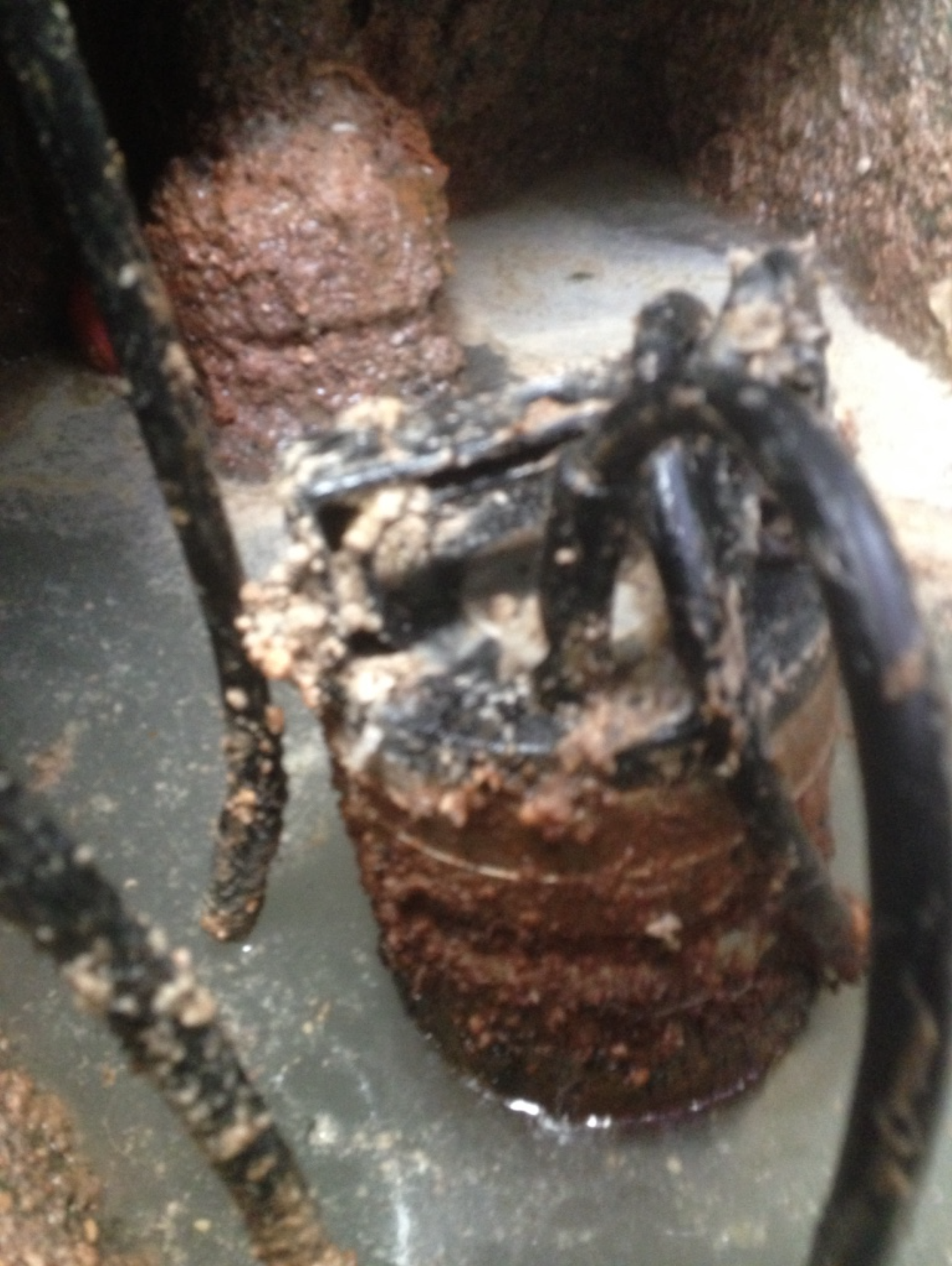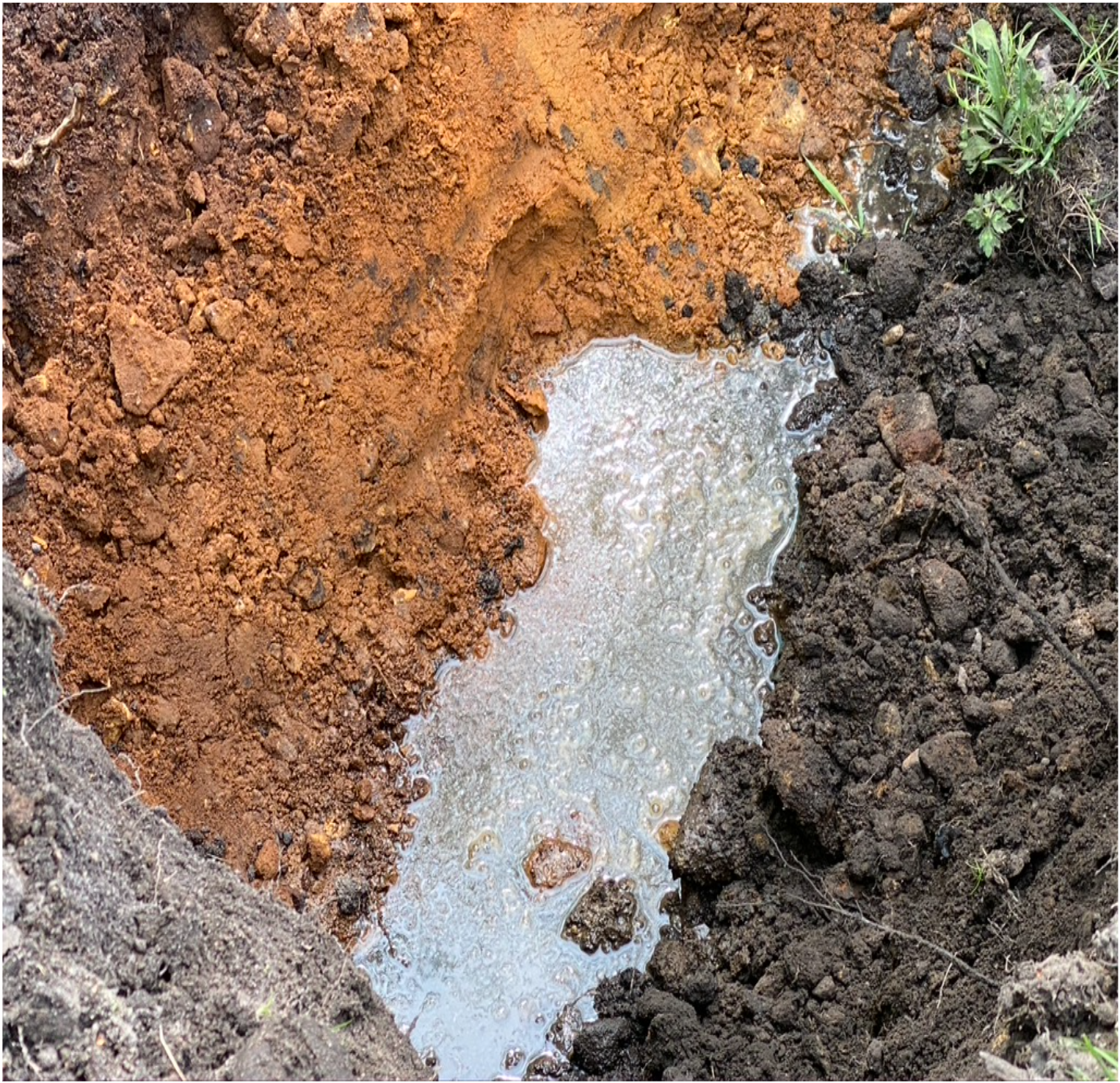Can Macerated Solids be pumped to my treatment plant?
Pumping Macerated Solids (sewage down the toilet OR stuff put through garbage disposals).

It is more cost-effective and less problematic to separate the sewage from the water and pump water only when or if a situation arises. We usually avoid pumping raw sewage to a treatment plant unless the treatment plant is twice the normal size required. This is because the macerated solids would be churned up by the pump and cause too much disturbance for the separation process to occur in a normal-sized tank.
Treatment Plants
Treatment plants commonly work by three significant processes: initial solids separation from liquids, bacteriological action, and separation in a final settlement small chamber. The clean water can flow by gravity or pump up to and into a drainage field, stream river or water course after treatment.
Is the treatment plant holding tank too small or inadequate?
The floating scum layer of oil and grease, which, if pushed through because of surface water or roof water entering the sewage system or an inadequate grease trap or fat trap through a treatment plant breaching the separation system barriers, will eventually find its way into the drain field or soakaway; going black like oil in the ground.
Not only does this cause pollution, but it will also clog the mechanics of any treatment plant and the ground in which the drainage field is located. This can be extremely costly to put right. (Please see below the different types of treatment.)
All parts of the treatment plant would be affected, even coating the plastic media with fat and grease.

Oil and grease are particularly harmful to the aerobic portion of a treatment plant or septic tank secondary "treatment" in the soil absorption (land drains).
The basic workings of a Treatment plant

The first chamber in the treatment plant is a holding tank for separation purposes. Providing the holding tank is the right size, and there is room for separation, i.e. the tank is emptied before it gets too thick, so there's is space in the middle of the first chamber.
Because the first chamber receives waste straight from the drains (not pumped), the contents can get a little stirred up as new effluent enters, especially if it is a large volume at once.
(You can imagine why no roof or surface water is allowed indirectly or directly.)
The first chamber can trap some unwelcome fats that float or sink to the bottom. Most Manufacturers and designers insist that no material other than human waste is allowed to enter the tank. Greasy material from the kitchen should be trapped in a purposeful large enough grease trap for later disposal by other means.
Please look at our blog on why and how we empty treatment plants and septic tanks.
Read more in our case study about maintaining your treatment plant.
See our blog articles on fat Greece and oil going black like oil in the ground.

